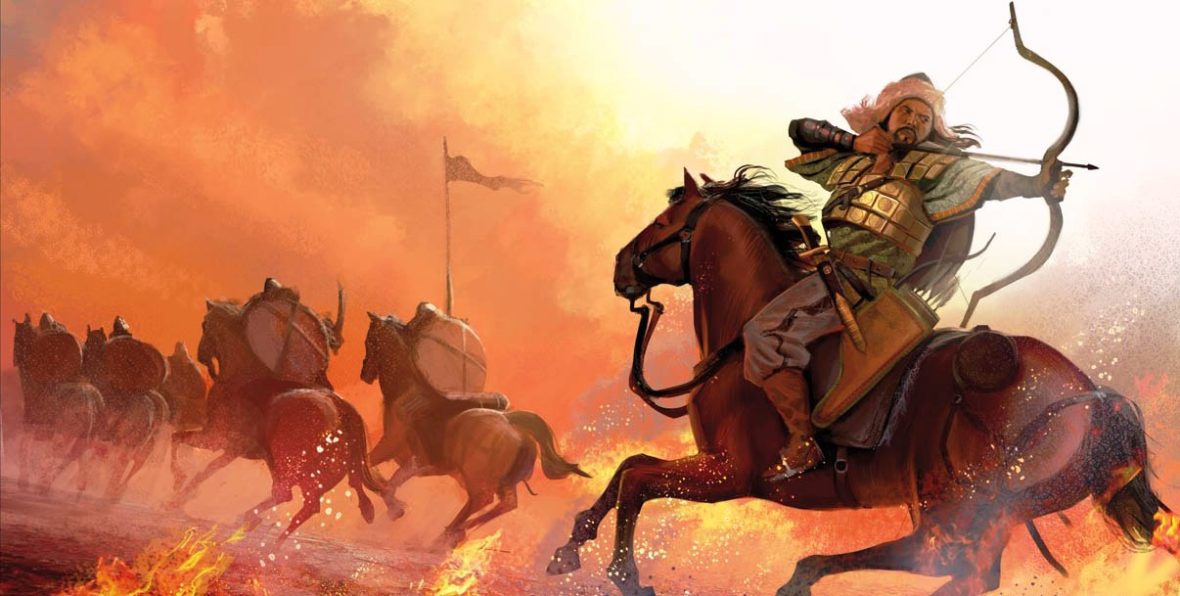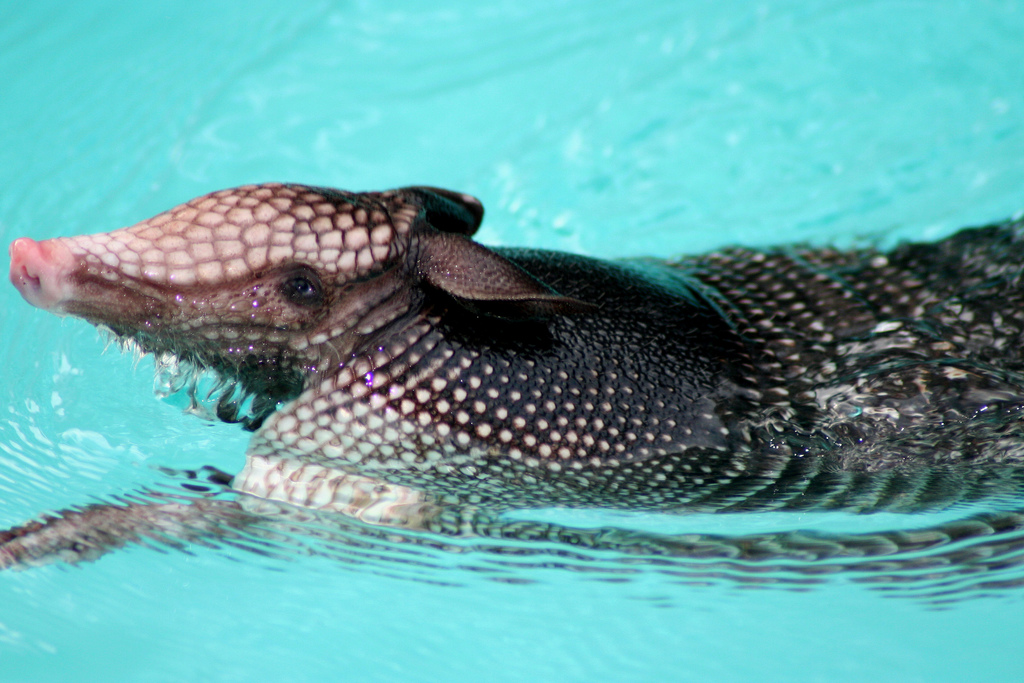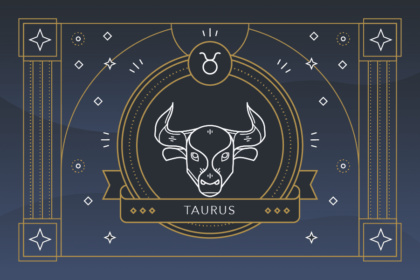Attila was the ruler of the Huns from 434 until his death in March 453. He was also the leader of a tribal empire consisting of Huns, Ostrogoths and Alans among others, on the territory of Central and Eastern Europe. Take a look below for 30 more awesome and interesting facts about Attila the Hun.
1. During his reign, he was one of the most feared enemies of the Western and Eastern Roman Empires.
2. He crossed the Danube twice and plundered the Balkans, but was unable to take Constantinople.
3. His unsuccessful campaign in Persia was followed in 441 by an invasion of the Eastern Roman Empire, the success of which emboldened Attila to invade the West.
4. He attempted to conquer Roman Gaul, modern France, crossing the Rhine in 451 and marching as far as Aurelianum before being defeated at the Battle of the Catalaunian Plains.
5. Attila invaded Italy, devastating the northern provinces, but was unable to take Rome.
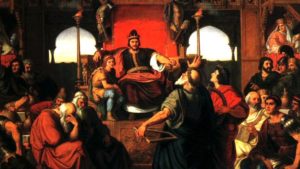
6. He planned for further campaigns against the Romans, but died in 453.
7. After Attila’s death, hos close adviser, Ardaric of the Gepids, led a Germanic revolt against Hunnic rule, after which the Hunnic Empire quickly collapsed.
8. He was the only king from 434 AD to 453 AD but went on to become one of the most feared rulers, especially among eastern and western European empires.
9. Unlike what most people believe, Attila didn’t have an impoverished childhood and was born in a financially comfortable household. In fact, Attila and his older brother Bleda received princely training and were taught Latin and groomed in archery and riding.
10. While there are very few accounts of what Attila looked like, King Priscus’s records show that Attila was a short man, with a wide chest and a large head. He had small eyes, a think black and grey beard and his skin was tanned.
11. Attila’s father, Mundzuc was a clan chieftain and was a brother to Hunnish kings Octar and Ruga.
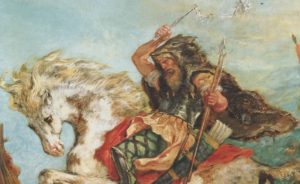
12. Attila killed his own older brother, Bleda, to acquire the kingdom left to the both of them. According to King Priscus’s accounts, Bled was assassinated by Attila, after a long conspiracy in 445 AD.
13. In 447 AD, Attila attacked the Eastern Romans at the Battle of the Utus, after which he carried his famous Balkan invasion, which allowed him to create a solid Eastern European stronghold.
14. He was famously hungry for gold possessions. It’s even said that the revenues collected by the Huns were mostly in gold.
15. Despite being a despotic ruler, who is famous for his collection of gold, Attila had a shabby lifestyle. It was said that while he provided his guests with immense hospitality, he himself lived a simple life and ate on wooden plates.
16. In 451 AD, Honoria, sister to the Roman Emperor Valentinian III, sent Attila the Hun a ring. It served as her marriage proposal. Attila responded by marrying her.
17. Hunters and gatherers, the Huns traveled with flocks of sheep, which provided food and leather. They spent their lives atop their horses, likely Mongolian ponies, and were said to dismount only when necessary. Attila was trained in horsemanship and shooting from an early age.
18. Attila’s most famous wife, however, was Ildico. After his successful invasion of Italy, Attila married Ildico.
19. He had six sons; Csaba, Ellac, Ernak, Dengizich, Erp and Eitil. After his death, the Hunnic empire was inherited by Ellac, Ernak and Dengizich, as they were seen most worthy.
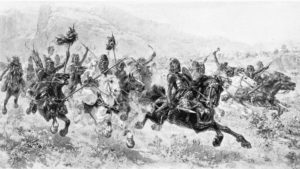
20. Attila was buried like a king, and he was given a casket with an iron exterior, which was masked with gold. He was buried with extensive riches, jewellery, gold and pottery.
21. The Romans viewed the Huns as barbarians, and Attila’s name was synonymous with destruction, chaos and slaughter. He became known as “The Scourge of God.”
22. Attila was so feared that rulers would give over large payments just to be left alone.
23. Attila and the famous Roman general Flavius Aetius may have had an unlikely friendship. Aetius, who at some point may have been a hostage in one of Attila’s camps, studied the Hunnic customs and language and likely spent a good deal of time with his counterpart.
24. The Sword of the War God, also known as Sword of Attila and Sword of Mars, was the primary military weapon of Attila, which according to legend was granted to him by Mars, the god of war.
25. Attila himself is said to have claimed the titles “Descendant of the Great Nimrod,” and “King of the Huns, the Goths, the Danes and the Medes.”
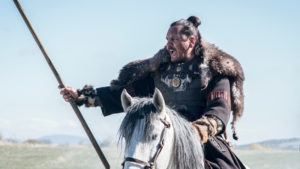
26. Jordanes embellished the report of Priscus, reporting that Attila had possessed the “Holy War Sword of the Scythians,” which was given to him by Mars and made him a “prince of the entire world.”
27. By the end of the 12th century, the royal court of Hungary proclaimed their descent from Attila.
28. In 1812, Ludwig van Beethoven thought of writing an opera about Attila and approached August von Kotzebue to write the libretto. However, it was never written.
29. In World War I, Allied propaganda referred to Germans as the “Huns”, based on a 1900 speech by Emperor Wilhelm II praising Attila the Hun’s military prowess.
30. In modern Hungary and in Turkey, Attila and its Turkish variation, Atilla, are commonly used as a male first name.

